The Story of Carrot Cake
 Wednesday, August 1, 2012
Wednesday, August 1, 2012 Although it would be a stretch to call this homespun favorite a fashion plate of a dessert, carrot cake--a lumpy and slightly frumpy but incredibly moist and flavorful carrot-flecked light brown-hued spice cake, frequently studded with either pineapple or plump raisins, nuts and finished with a thick coat of tangy cream cheese frosting--has enjoyed several moments of vogue over the years.
Believe it or not, the idea of using carrots in desserts actually dates back to Medieval times, when carrot pudding was enjoyed as a sweet at banquets. This was probably borne out of necessity, making use of the carrots’ natural sweetness; while a pudding would have been a steamed and vaguely cakelike affair, there was still much adaptation which would occur, because as much as you search for it, you're not going to find any mention of medieval cream cheese frosting.
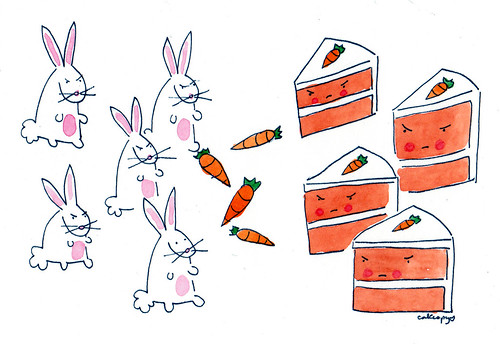
Carrots were imported to America by European settlers, and so was, apparently, the pudding; there are bushels of recipes for the stuff from this era on show at the Carrot Museum. The reason again is the carrot's natural sweetness: they contain more sugar than any other vegetable besides the sugar beet, and were much easier to come by during this time.
A big development in the world of carrot cake came in the early 1900s, when the pudding began to be baked in loaf pans, more like a quick bread. Carrots were used as an agent of moisture and sweetness in cakes, when luxury foods were rationed during the first and second world wars. It's possible, too, that the government became carrot-pushers: in England, recipes were distributed to promote the carrot as a nutrient-dense ingredient.
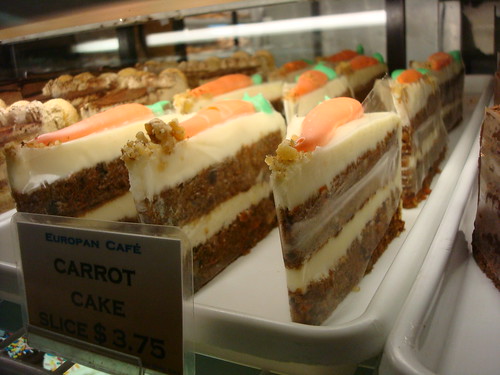
By mid-century, the carrot cake had hopped over to America, where it would make dessert history. Most likely, the recipe was imported to the states following the second world war, where it caught on in cafeterias and restaurants. However, there is a delightful story which indicates that following WWII there was a glut of canned carrots in the U.S; an enterprising businessman named George C. Page hired bakers to find uses for the cans of carrots to create a demand for the product, and the solution was carrot cake, which he then sold through the company Mission Pak, a large purveyor gourmet foods.
At first a novelty, carrot cake nonetheless proved popular enough to stick around on menus. But it really caught on in a big way in the health-conscious 1970s, when carrot cake was perceived as being “healthy." And really, the idea isn't too far-flung: after all, carrots are vegetables, and raisins and nuts are pretty much health food, right?
Of course, the thing that really separates carrot cake from being equivalent to eating a salad is the thick slather of cream cheese, butter, confectioners’ sugar and cream that became the frosting of choice in the 1960s, a time during which Philadelphia Cream Cheese released many recipe pamphlets; possibly it is during this time that the carrot cake and cream cheese frosting really became a bonded pair.
And if we're truthful, what's ultimately kept the cake going isn't necessarily carrots, it's the full spectrum of flavors in the package. Those pretty little flecks of orange are not the dominant flavor of the cake: carrot cakes often taste like spice cake, with the sweetness of raisins or pineapple or even apples, paired with cream cheese frosting, is generally what we look for in a carrot cake.
Speaking of which, the additions can be the subject of some argument. While raisins are undoubtedly the oldest complement to carrots, many modern palates prefer pineapple, apples or applesauce; sometimes walnuts, sometimes pecans, sometimes no nuts at all. These add-ins are the choice of the baker and the preference of the eater. The cake's mild but distinct flavor have made the cake an enduring favorite: while few would think of it as fashionable, it's considered a timeless classic that never goes out of style.
Here's a carrot cake that would please palates from yesterday and today. Go ahead and think of it as health food as you like; I won't stop you.
Carrot Cake
Makes 1 cake
- 2 cups all-purpose flour
- 2 teaspoons baking soda
- 2 teaspoons baking powder
- 1/2 teaspoon salt
- 2 teaspoons ground cinnamon
- 4 eggs
- 1 1/4 cups vegetable oil
- 1 cup sugar
- 1 cup light brown sugar, packed
- 2 teaspoons vanilla extract
- 3 cups grated carrots
- 1 cup chopped pecans, plus 1/2 cup unchopped pecans, for garnish
- 1 batch cream cheese frosting (recipe follows)
Procedure
- Preheat the oven to 350 degrees F. Grease and flour two 8 or 9-inch pans, and line the bottoms of the pans with parchment paper.
- In a medium bowl, sift together the flour, baking soda, baking powder, salt and cinnamon. Set aside.
- In the bowl of a stand mixer, combine the eggs, oil, two sugars, and vanilla. Beat on low speed for about 30 seconds, and then turn up the speed to medium for about 2 to 3 minutes, or until combined and lightly frothy.
- Reduce the speed to low, and add the flour mixture in 2 to 3 increments, pausing to scrape down the sides of the bowl with a rubber spatula with each addition.
- Stir in carrots, mixing until combined. Fold in the pecans.
- Pour an even amount of batter into each of the prepared pans.
- Bake in the preheated oven for 40 to 50 minutes, or until a toothpick inserted into the center of the cake comes out clean. Let the cakes cool in pan for 10 minutes, then turn out onto a wire rack, remove the parchment paper, and cool completely.
- Once cooled, place one cake layer, flat side up, on a serving platter, and spread [f]1/2 to [f]3/4 cup of frosting on top. Leave a half-inch margin all around, as the weight of the second cake layer will spread the frosting to the edges. Place the second cake layer, flat side up, on top of the frosted layer. Frost the top and sides.
Cream Cheese Frosting
- 1/2 cup butter, softened
- 8 ounces cream cheese, softened
- 1 teaspoon vanilla extract
- 4 cups confectioners' sugar
In the bowl of a stand mixer fitted with the paddle attachment, combine the cream cheese, butter, and vanilla. Beat at medium-high speed until the mixture has a very smooth consistency; pause to scrape the bowl as needed. Add the confectioners' sugar cup by cup, mixing after each addition, until it is smooth and spreadable.









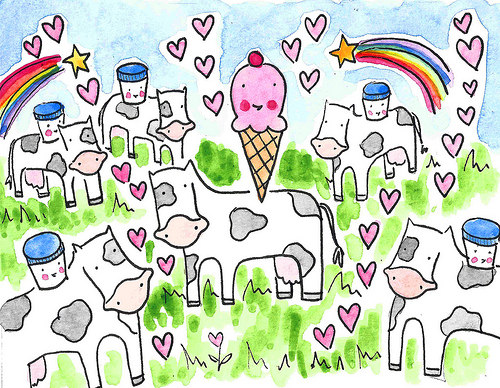
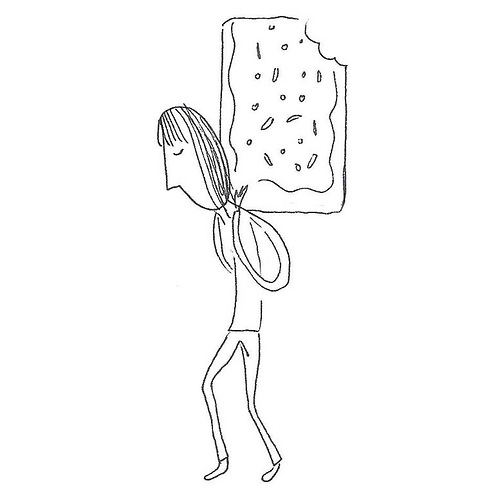


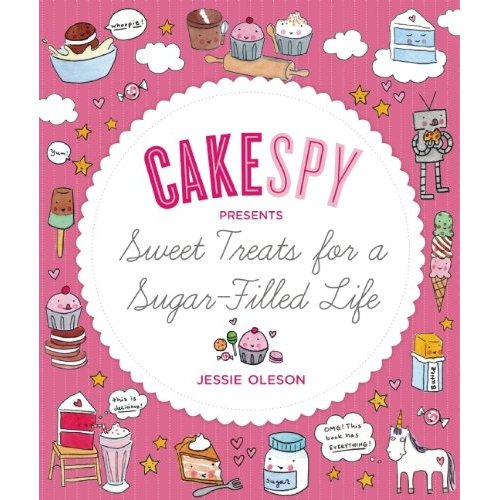
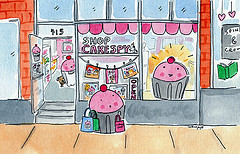

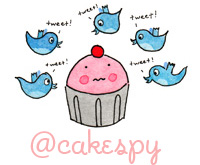
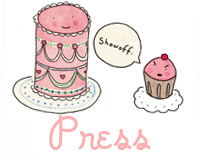




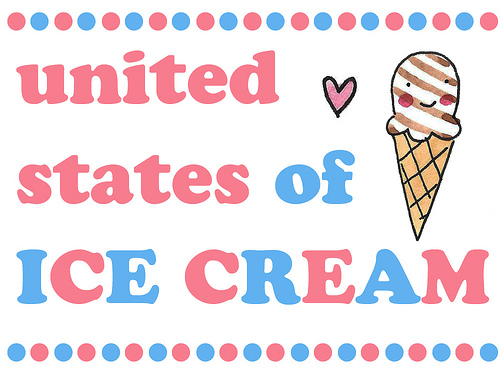


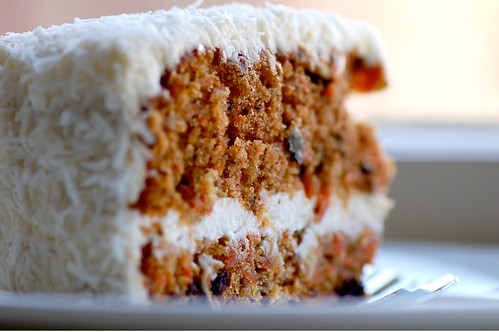
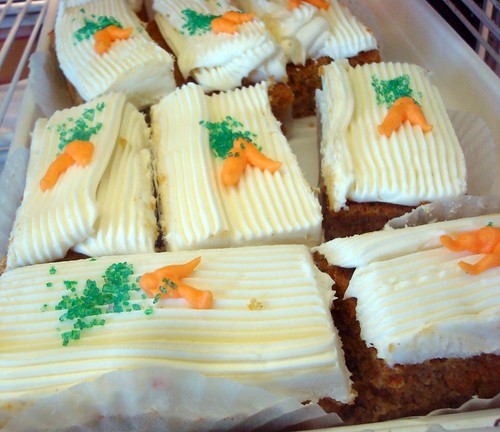
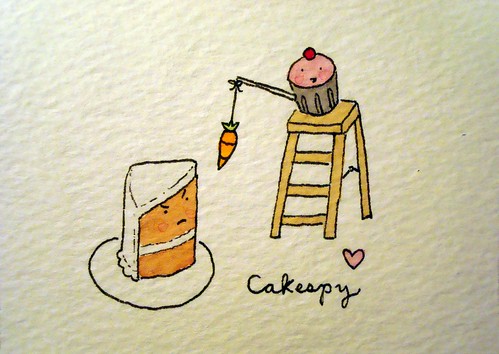
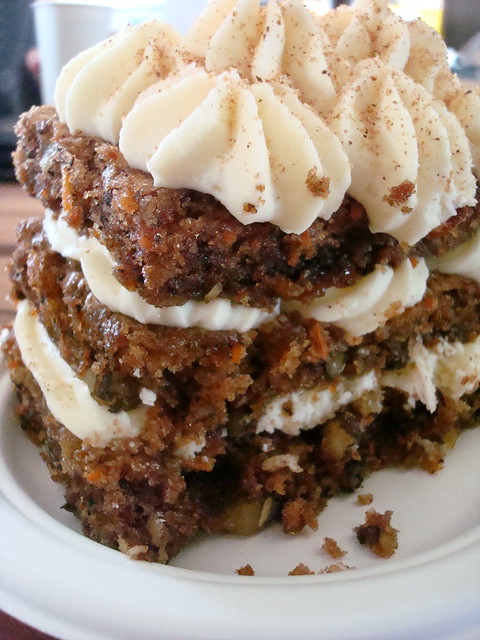
Reader Comments (5)
Ps. Nuts. I think walnuts in carrot cake are essential :)
find it. Just wanted to print the recipe so I could try it.